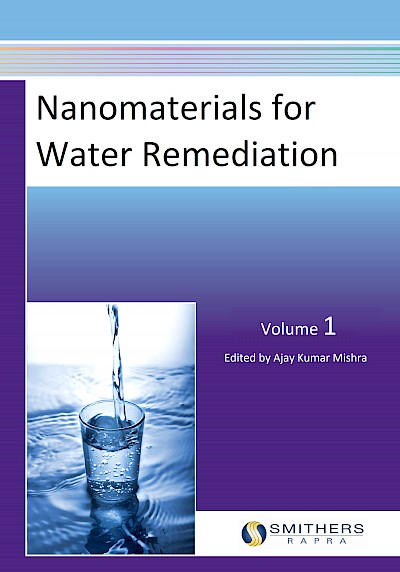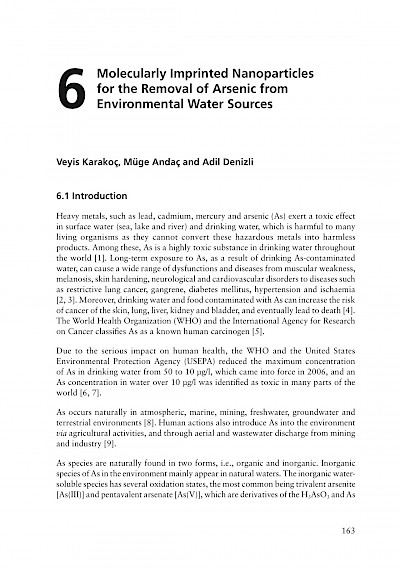New Article Published in Nanomaterials for Water Remediation
Heavy metals, such as lead, cadmium, mercury and arsenic (As) exert a toxic effect in surface water (sea, lake and river) and drinking water, which is harmful to many living organisms as they cannot convert these hazardous metals into harmless products. Among these, As is a highly toxic substance in drinking water throughout the world [1]. Long-term exposure to As, as a result of drinking As-contaminated water, can cause a wide range of dysfunctions and diseases from muscular weakness, melanosis, skin hardening, neurological and cardiovascular disorders to diseases such as restrictive lung cancer, gangrene, diabetes mellitus, hypertension and ischaemia [2, 3]. Moreover, drinking water and food contaminated with As can increase the risk of cancer of the skin, lung, liver, kidney and bladder, and eventually lead to death [4]. The World Health Organization (WHO) and the International Agency for Research on Cancer classi es As as a known human carcinogen [5].

